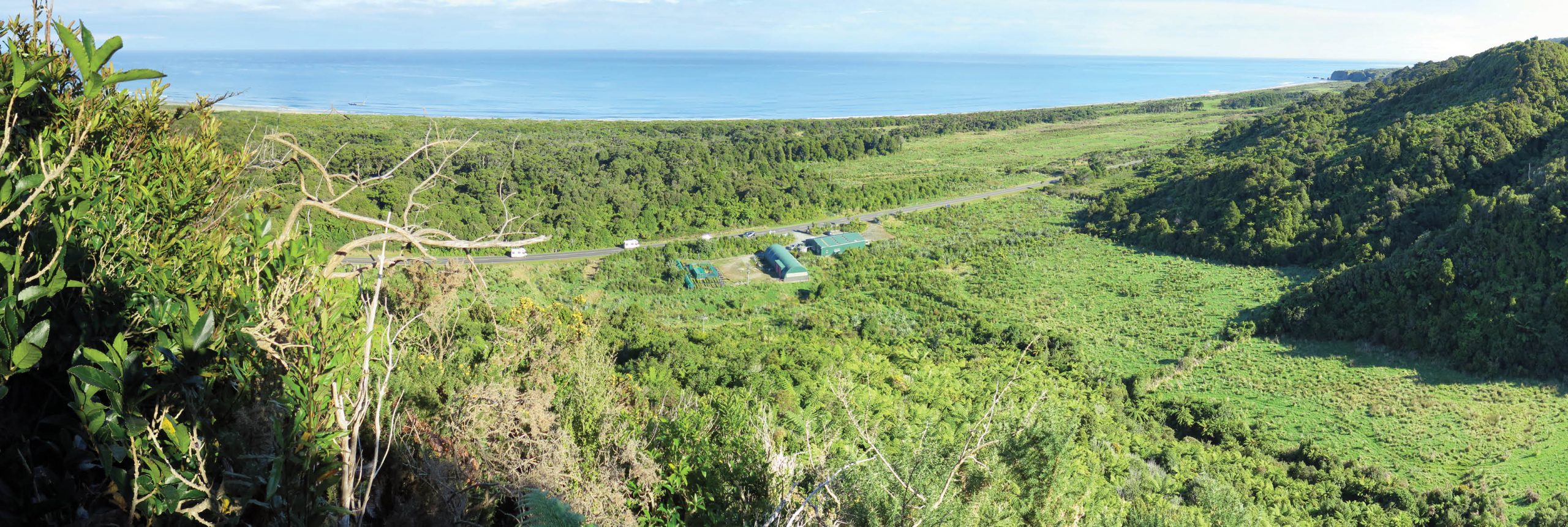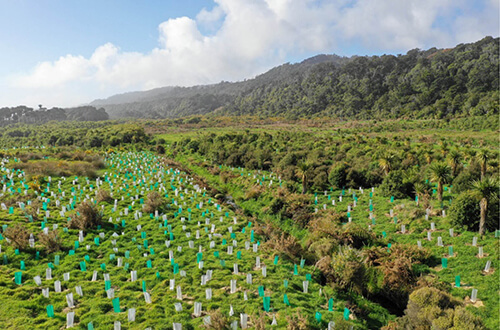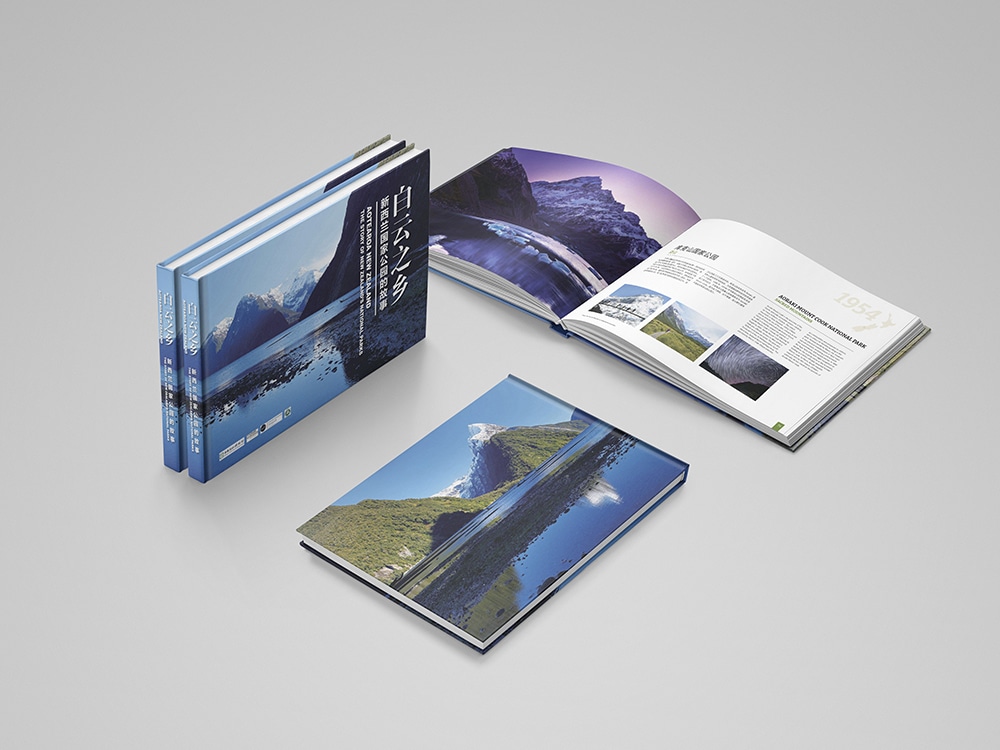
Growing a Wild Place
In this project at Punakaiki, West Coast, a former farm and mining site is being transformed into native rainforest to help preserve and enhance the breeding habitat of the Tāiko Westland Petrel. This forest and coastline area is the only place in the world where they come to breed each year.

Creating New Experiences
The project offers a new set of National Park–type experiences, where instead of just walking and sightseeing, opportunities for seed-raising, planting, species monitoring, pest – control, citizen science and volunteering are offered. Through these participative experiences, visitors leave a positive mark on the natural environment and take home not only pictures, but also knowledge, skills and ownership.

Staging a Site that Grows Itself
The programmes and subsequent forms set out by design are intended to change and evolve as the forms of wildness that it prompts shift both the physical and the conceptual trajectory of the project over its subsequent stages.
Made By Volunteers for Volunteers
Volunteers come from the local area, and all around the world. Their participation is integral to the site’s [continuing] success; it is the ‘people’ element, and the related stories that permeate their lives that makes this project so special.

Growing a Living Lab
The site offers research opportunities for universities and school groups. Research investigating the potential indicators of ecological restoration success at the PCRP was undertaken over two years (2011-2012) by Lincoln University. Comprehensive floral and faunal inventories and monitoring were used to determine characteristics of forest and disturbed environments at the species and community level, with a focus on the transition of these characteristics during restoration.








